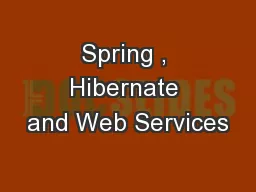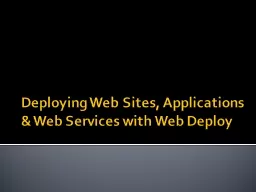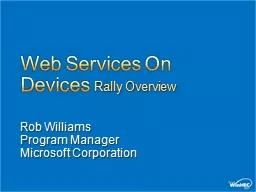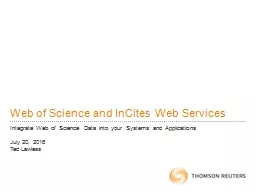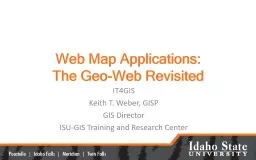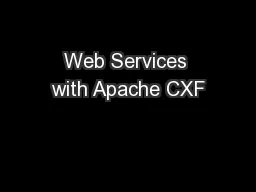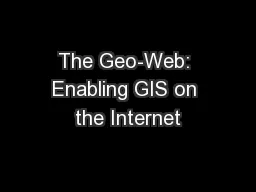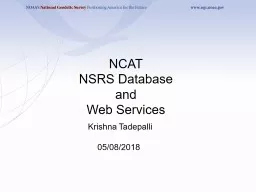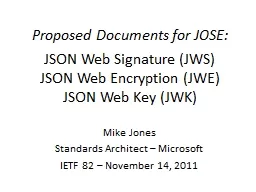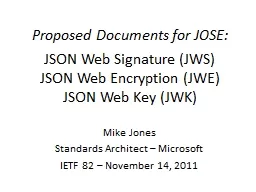PPT-Web Services
Author : celsa-spraggs | Published Date : 2016-08-11
National Geospatial Management Center NGMC September 27 2012 Webinar Presenter Jennifer Sweet If the name Jennifer Sweet doesnt ring any bells you may remember me
Presentation Embed Code
Download Presentation
Download Presentation The PPT/PDF document "Web Services" is the property of its rightful owner. Permission is granted to download and print the materials on this website for personal, non-commercial use only, and to display it on your personal computer provided you do not modify the materials and that you retain all copyright notices contained in the materials. By downloading content from our website, you accept the terms of this agreement.
Web Services: Transcript
Download Rules Of Document
"Web Services"The content belongs to its owner. You may download and print it for personal use, without modification, and keep all copyright notices. By downloading, you agree to these terms.
Related Documents



